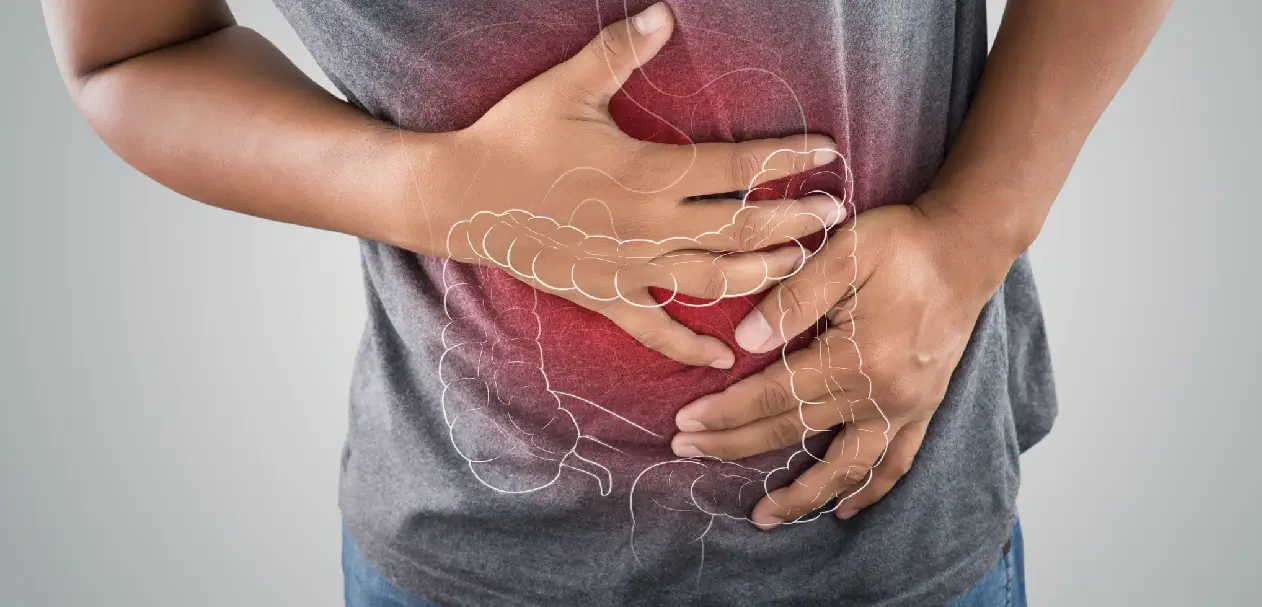Diarrhoea
What is diarrhoea?
The number of stools normally passed in a day varies with an individual’s diet and age. When there is diarrhoea, stools contain more water than usual-they are often called loose or watery stools. They may also contain visible blood, in which case the illness is called dysentery.
Mothers usually know when their children have diarrhoea. When diarrhoea occurs, mothers may say that the stools smell strong or pass noisily, as well as being loose and watery. Talking to mothers often reveals one or more useful local definitions of diarrhoea. For practical purposes, diarrhoea is defined as three or more loose or watery stools in a day (24 hours). Diarrhoea is most common in children, especially those between 6 months and 2 years of age.
It is also common in babies under the age of 6 months who are drinking cow’s milk or infant feeding formulas. Frequent passing of normal stools is not diarrhoea Babies who are taking only breast milk commonly have frequent soft stools; this is not diarrhoea.
Acute and persistent diarrhoea
Diarrhoea is classified as acute or persistent according to its duration. An episode of diarrhoea that lasts less than 2 weeks is acute diarrhoea; diarrhoea that lasts 2 weeks or longer is persistent.
How does diarrhoea cause dehydration?
The body normally takes in the water and salt it needs (input) through drinks and food. It normally loses water and salt (output) through stools, urine, sweat, and breathing. When the bowel is healthy, water and salt pass from the bowel into the blood. When there is diarrhoea, the bowel does not work normally. Less water and salt pass into the blood, and more pass from the blood into the bowel. Thus, the amounts of water and salt passed in the stools are greater than normal.
This larger than normal loss of water and salt from the body can result in dehydration. Dehydration occurs when the output of water and salt is greater than the input. The more diarrhoea1 stools a person passes, the more water and salt he or she loses. Repeated vomiting, which often accompanies diarrhoea, can also contribute to dehydration. Dehydration occurs faster in infants and young children, in hot, dry climates, and when there is fever.
Why is diarrhoea dangerous?
The two main dangers of diarrhoea are death and malnutrition. Death from acute diarrhoea is most often caused by loss of a large amount of water and salt from the body. This loss is called dehydration. Another important cause of death is dysentery.
Death from dysentery is caused by damage to the intestine, systemic infection, and malnutrition. Severe diarrhoea with complications is most common in people with malnutrition.
Diarrhoea can also cause malnutrition and make existing malnutrition worse because: a nutrients are lost from the body a nutrients are used to repair damaged tissue rather than for growth MANAGEMENT AND PREVENTION OF DIARRHOEA a a person with diarrhoea may not be hungry a mothers may not feed children normally while they have diarrhoea, or even for some days after the diarrhoea is better.
To prevent malnutrition, children with diarrhoea should be given food as soon as they will eat, and should be given extra food after diarrhoea stops.
https://apps.who.int/iris/bitstream/handle/10665/37036/9241544546_eng.pdf






